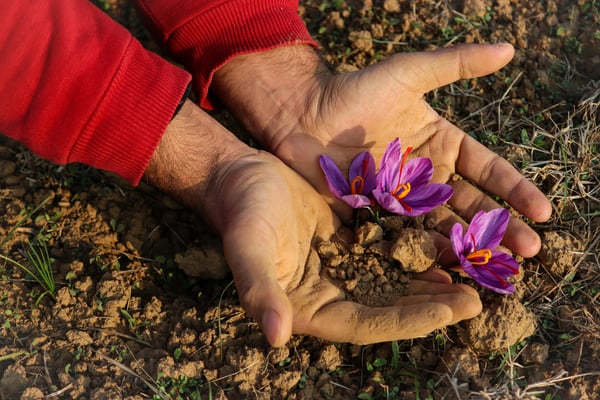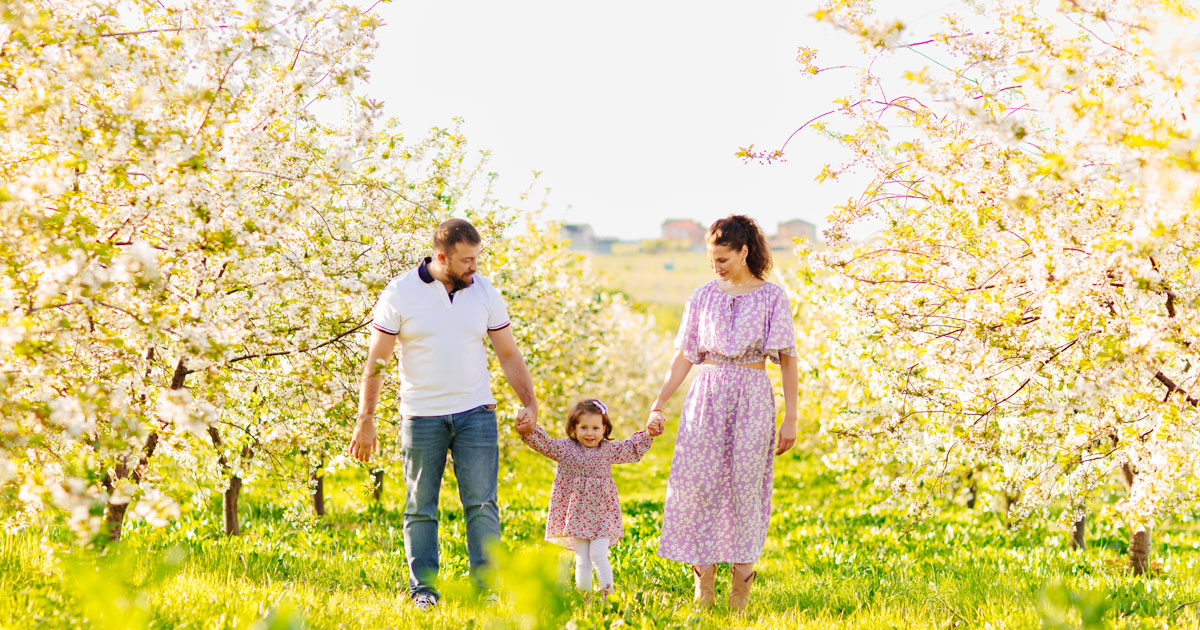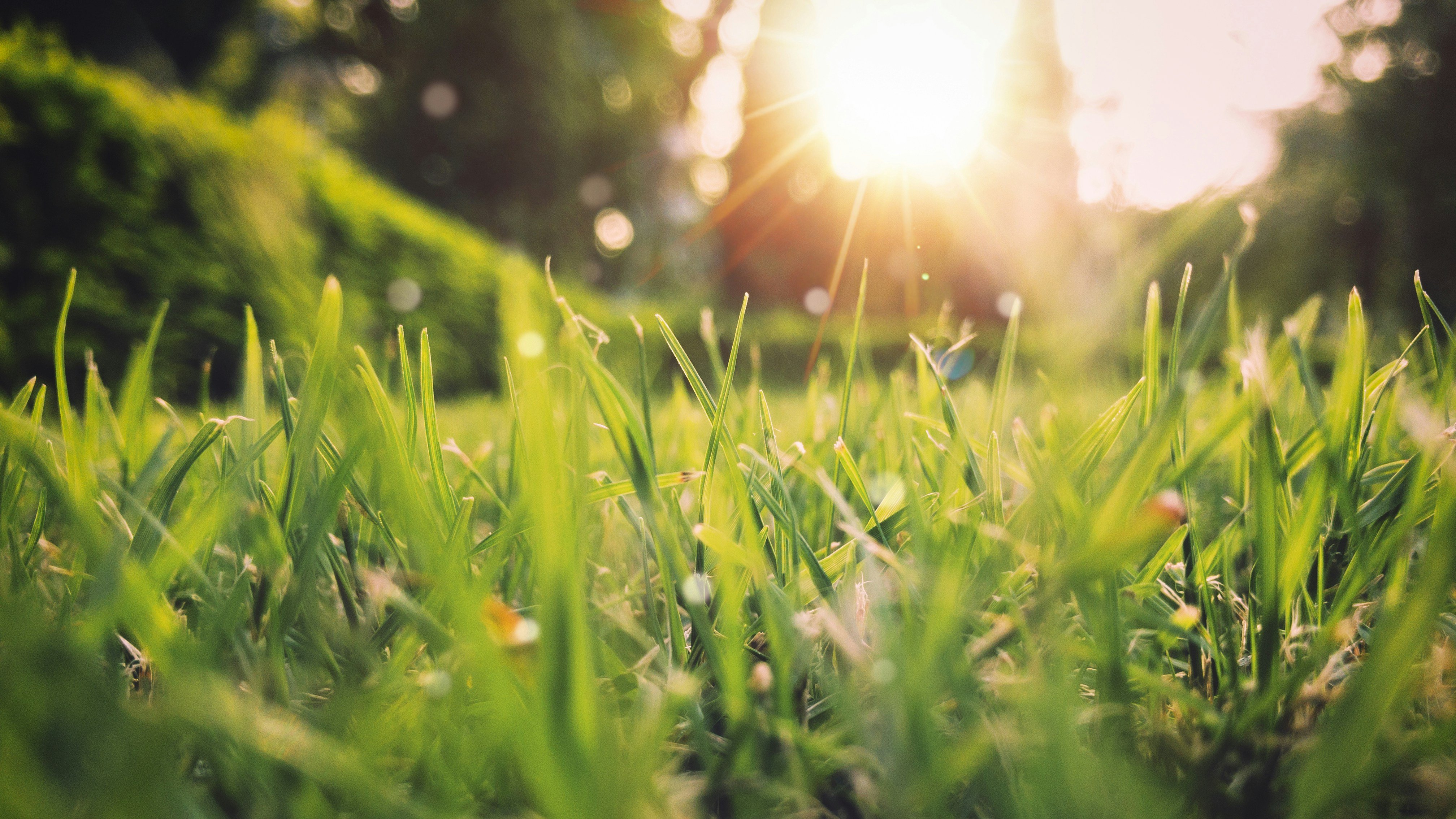Health Connect Series: Get Those Hands Dirty!
“Get plenty of exercise and eat healthy foods” is the classic health advice we are all aware of. But what about digging in the dirt? Could getting outside and feeling the earth with your hands also help you be well? The answer is yes! Digging and planting in the soil, and nurturing new growth, can improve both physical and mental health. By just stepping outside, you breathe in fresh air and soak up vitamin D from the sun. The walking, bending, stretching, watering, and digging that are part of the planting process is moving your body – and getting exercise. Yes, there may be struggles and disappointments along the way, but the sight and smell of new growth – of herbs, grasses, flowers, and produce will provide feelings of satisfaction and accomplishment and elevate your mood after the long winter.
Flower fundamentals are on the tag. Any flower, herb, or plant that you buy has a plant tag. Don’t throw this tag away! It contains valuable information such as sun exposure the plant will tolerate, watering instructions, how tall and wide the plant will grow, and the plant’s hardiness zone. Some tags also include interesting information about how to care for and use the plant, or if it attracts bees or butterflies.
Living in the zone. No, it’s not the time zone, the end zone, or the twilight zone. It’s the planting zone. The United States Department of Agriculture (USDA) produces a plant hardiness zone map. This map provides guidance for what plants will survive and grow in certain areas of the country. The Coulee Region is in Zone 4, which for some of us means that just because we love palm trees doesn’t mean they will survive in our Midwest yard. The zone is listed right on the tag - the one you should not throw away!
Annual or Perennial. A plant's longevity is the main difference between annual and perennial flowers. Annuals die when the temperature gets too cold. You must plant new ones again in Spring. Perennials don’t die off when the weather turns cold. They wither, shedding their leaves and blooms and stay dormant until the weather is warm again. They come up every year, while you wait with patient excitement!
Annuals: PICK ME! Perennials: PICK ME!
|
|
Deadheading. To a gardener, deadheading becomes the word of the day. It is the process of removing dead or faded flowers from a plant and is done to improve the appearance of the plant and encourage more blooming.
To be or not to be...in the sun. Selecting the right plant for sun, shade, or both in a garden is very important. A common mistake is to put a sun-loving plant where there is too much shade or a shade-loving plant where there is too much sun.
Different plants need different amounts of sunlight to produce enough food to grow and thrive. Plants that require full sun need six or more hours of direct sunlight each day. Partial sun plants require four to six hours of sunlight each day. Partial shade plants need two to four hours of sunlight each day. The cool shade plants require less than two hours of sunlight each day. Before buying your plants, measure how much sunlight different areas of your deck, balcony or beds receive during the day and when they receive it. Then, look at the tag! You’ll know if the plant is meant for sun or shade.
Popular Perennials for the sun Popular Perennials for the shade
Amazing Annuals for the sun Amazing Annuals for the shade
Thyme to be Sup-HERB. Want something easy? Herbs can grow with or without a dedicated outdoor garden space. A container or two on your balcony or a small planter box in a sunny window are all you need. Along with the additional bursts of flavor to recipes, growing your own herbs saves money. They are also convenient to harvest, add color, fragrance, and beauty to your home, and encourage you to make creative meals at home. Some of the more common and easy to grow herbs include basil, chives, mint, lavender, dill, oregano, parsley, rosemary, sage, and thyme.
POTTING SOIL TIP: There are many kinds of potting soil depending on the different growing conditions and plant types. Find the right one for your plants to ensure they get the nutrients they need to thrive and survive. This isn’t the time to be cheap. It is beneficial to use higher quality potting soil.
The Green Thumb Fun Fact: There are two theories on how the expression “green thumb” originated. The first comes from the fact that the outside of earthenware pots will stain a person’s thumb (and fingers) green if he or she handles enough pots, meaning a person who is always working with flowerpots has a green thumb. The second theory originated during the reign of King Edward I of England. He loved green peas and kept several serfs shelling them during the season. The serf who had the “greenest thumb” won a prize.
As the garden grows, so does the gardener. Do you label yourself as not having a green thumb or being the farthest thing from a gardener? Maybe this is your year to change that thought. With just a little bit of knowledge, a touch of patience, and a whole lot of perseverance, anyone can get a little dirty and enjoy some planting.
Heidi Kutz
Education Specialist, ViaroHealth
For questions or comments, contact wellness@viarohealth.com



